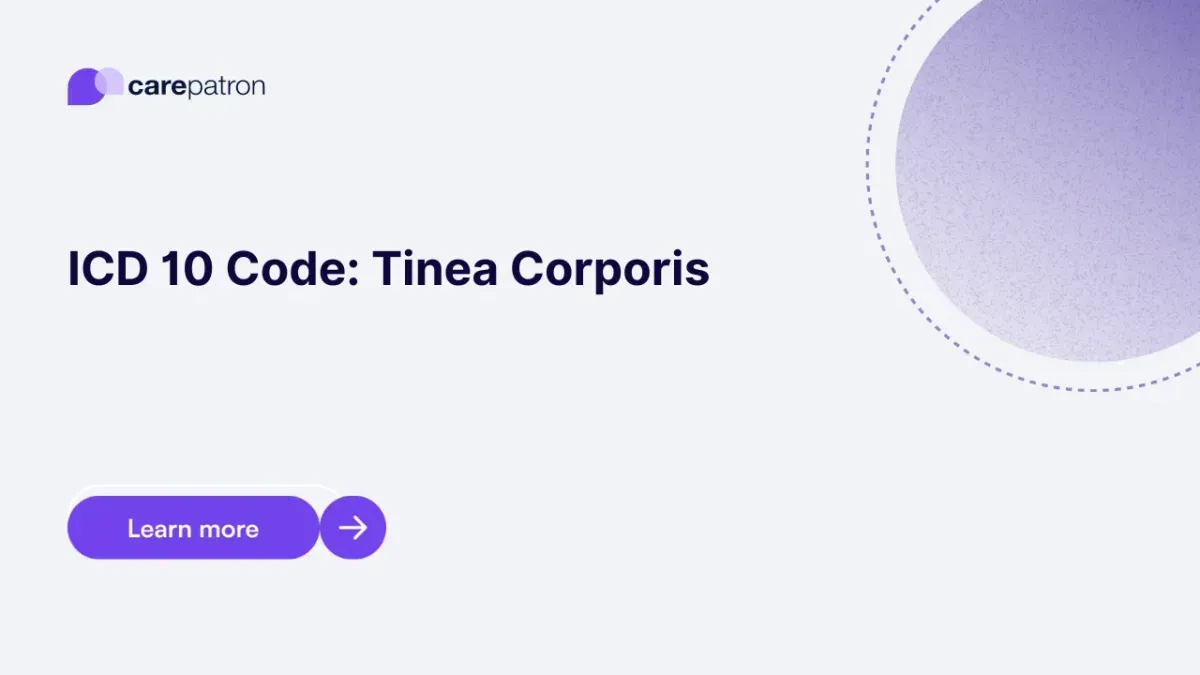
Tinea Corporis ICD-10-CM Codes | 2023
Read this short guide to learn about Tinea Corporis ICD codes you can use.
Use Code
Commonly asked questions
They will look at the affected site and see if the rash has the characteristics of Tinea Corporis. They can also scrape the affected area for skin cells and then examine them under a microscope to confirm it.
They will administer and prescribe over-the-counter antifungal creams, gels, or powders. If the rashes don’t disappear after two weeks, they will help and prescribe oral antifungals.
For mild cases, it should go away after two weeks. More severe infections can take up to three months before the rashes disappear.
EHR and practice management software
Get started for free
*No credit card required
Free
$0/usd
Unlimited clients
Telehealth
1GB of storage
Client portal text
Automated billing and online payments
